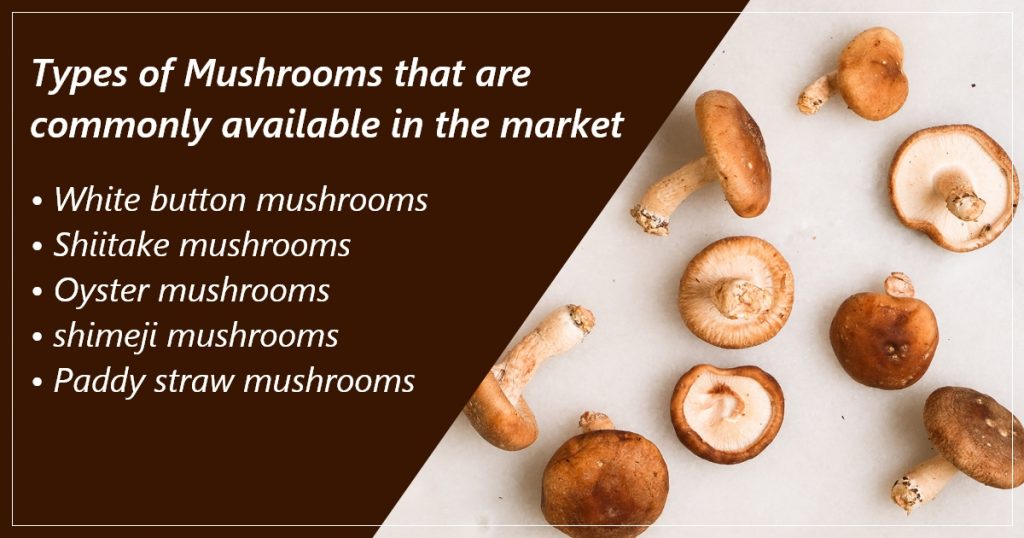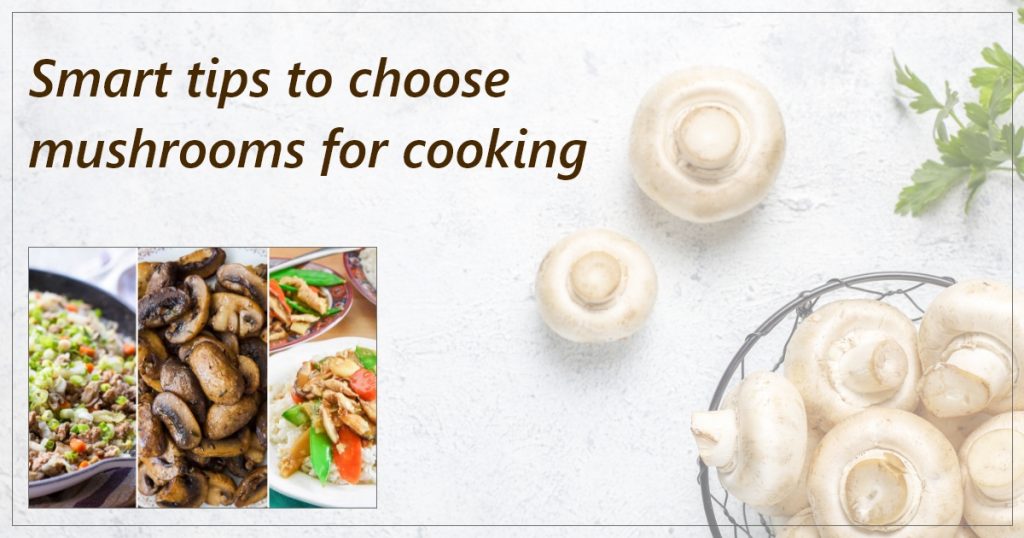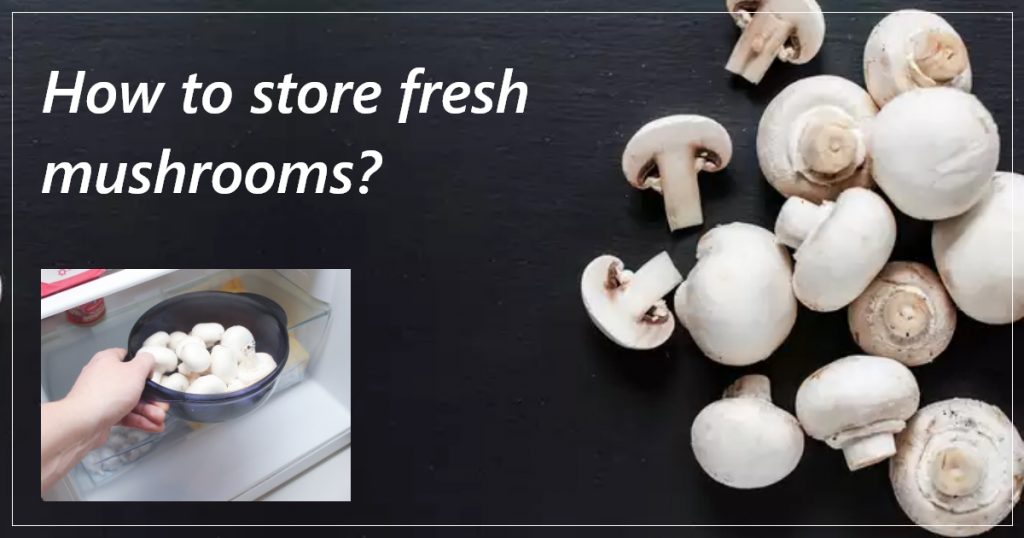Do you like mushrooms? Come to know about Mushroom Benefits. For that we have access to a plethora of Mushroom Recipes “Aside from button mushrooms, which are the most common type available in India, there are a variety of other mushrooms with varying shapes, sizes, and flavors.”
Continue reading to learn how to select the best mushrooms, how to store them properly, and the healthiest way to cook mushrooms while retaining their flavors.
Table of contents
1.Types of Mushrooms that are commonly available in the market

We regard mushrooms as vegetables in culinary aspects Do you like mushrooms? Come to know about Mushroom Benefits. For that we have access to a plethora of Mushroom Recipes. But plants are not! Mushrooms are part of the kingdom of fungus and are also made of mold and yeast.
There are numerous food-producing mushrooms in the world but only a small fraction is grown in big numbers. The most prevalent types are:
1.1 White button mushrooms
White button mushrooms are the most common and mild-flavored mushrooms on the Indian market.
- Button mushrooms, also known as cultivated mushrooms or champignon (de Paris).
- They have a milder flavor than many of their more exotic cousins.
- east as raw and it is best in soups, salads, and pizza.
1.2 Shiitake mushrooms
Shiitake mushrooms are one of the world’s most popular mushrooms and for good reason. They are well-known for their rich, savory flavor and numerous health benefits. This mushroom is indigenous to Japan.
- Shiitake is a Japanese word that means “oak fungus.”
- Shiitake mushrooms have a light woodsy flavor and aroma when fresh.
- These have a meaty texture and a chewy texture, and they go well with almost anything.
- Various Medical properties are there.
1.3 Oyster mushrooms
Oyster mushrooms are one of the most common and versatile types of edible mushrooms. Oysters are simple to cultivate and thrive primarily in decaying wood.
- This edible wild mushroom is now grown commercially all over the world.
- It has a slightly sweet, anise-like aroma, tender flesh, a velvety texture, and a mild flavor.
- The mushroom gets its name from its resemblance to an oyster.
- Oyster mushrooms are low in fat and high in essential minerals.
1.4 shimeji mushrooms
These mushrooms, which grow on dead beech trees, are also known as buna shimeji, beech brown mushroom, and clamshell mushroom.
- This variety is native to East Asia, but it is also found in Northern Europe.
- Their brown caps are cracked and speckled, and they have a white base.
- Shimeji mushrooms taste bitter when eaten raw, but when cooked, these brown-capped clusters are crunchy and have a sweet nutty flavor.
- It is commonly used in stir-fried foods as well as soups, stews, and sauces. It can also be sautéed in its entirety, including the stem.
1.5 Paddy straw mushrooms
It is one of the simplest mushrooms to grow Mushroom benefits. In the year 1940, paddy straw mushrooms were first cultivated in India.
- It is as popular as white button mushrooms due to its flavor, aroma, delicacy, and nutritional value.
- These straw mushrooms are refreshing in the summer.
- They are high in protein, fiber, iron, vitamins B and C, as well as minerals like folic acid, potassium, and copper
2.Smart tips to choose mushrooms for cooking

Something about the flavor of mushrooms makes us want them like hobbits, chasing them down to cook mushroom recipes. But what makes a mushroom edible? Do you want to eat more of them? Begin here and follow these mushrooms cooking tips –
- Always pick mushrooms that are firm, smooth, and dry.
- Avoid mushrooms that are spotty, bruised, soft, and slimy.
- Choose bigger or medium-sized mushrooms than smaller ones.
- Younger mushrooms feature closed caps and are more compact. Those with open caps, revealing the gills at their undersides, are mature mushrooms. Now, whether you choose young or mature mushrooms depends on your preference.
Read Also- 24 INGENIOUS PRODUCTS TACKLE YOUR GROSS HOT WEATHER PROBLEMS
3.How to store fresh mushrooms?

Won’t it be a real letdown to take mushrooms out of the fridge and find discolored slime balls or shriveled-up bits of forest debris… In this situation, they’re not so appealing! Mushrooms spoil quickly due to their fragile flesh and high water content if not properly stored. To fully enjoy these delicate fungi, let’s look at how to store them to preserve their freshness and extend their shelf life
- Wash the mushrooms thoroughly before storing them. Sprinkle it first in a water bowl.
- Refrigerate fresh mushrooms in a zip-lock pouch or a paper bag.
- Just store them, not more, for up to three to four days.
- Mushrooms are not preserving. However, it is best to cook fresh mushrooms and eat them fresh as well.
Frequently asked questions
How to clean mushrooms?
To clean sliced mushrooms,shake them so if any dirt is removed away, after that before it is ready to cook, provide them a fast wash. Using paper towels or towel dried out mushrooms.
How to store oyster mushrooms?
Store all mushrooms in a paper bag. If you buy oyster mushrooms in a shrink-wrapped package, it’s a great idea to remove the plastic wrap from packaged oyster mushrooms, open them from the upper side and cover them with a clean towel.
How to store mushrooms in the freezer?
You can store mushrooms in your freezer for up to 12 months. They can be mixed to dishes you’re completely cooking. Otherwise,store in the refrigerator and when it becomes soft use them.
How to store mushrooms after washing?
Close it up lightly. And keep it in the refrigerator.don’t keep it in a plastic bag as it creates moisture.It will make your mushrooms soft to use.
